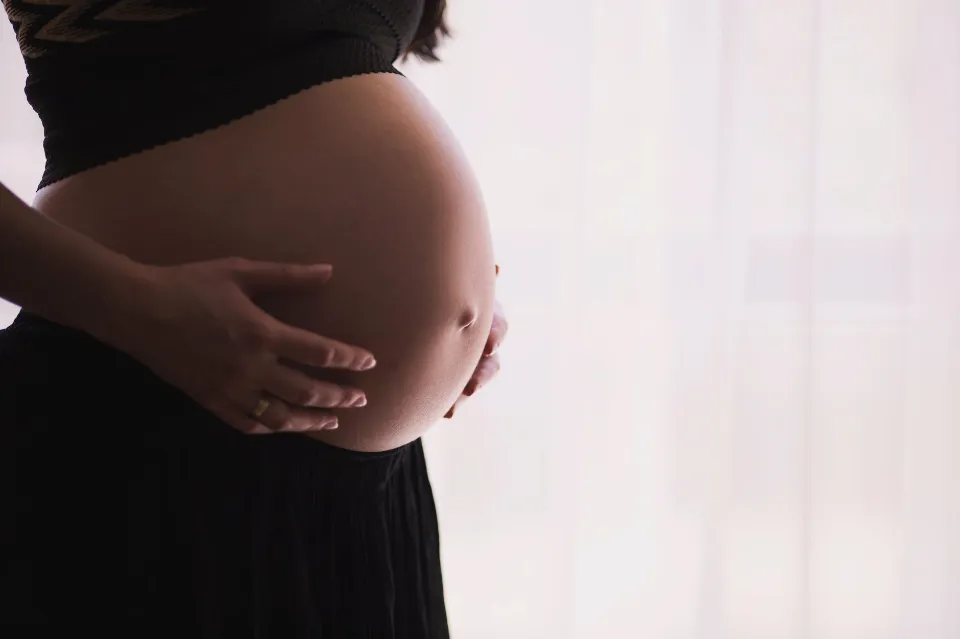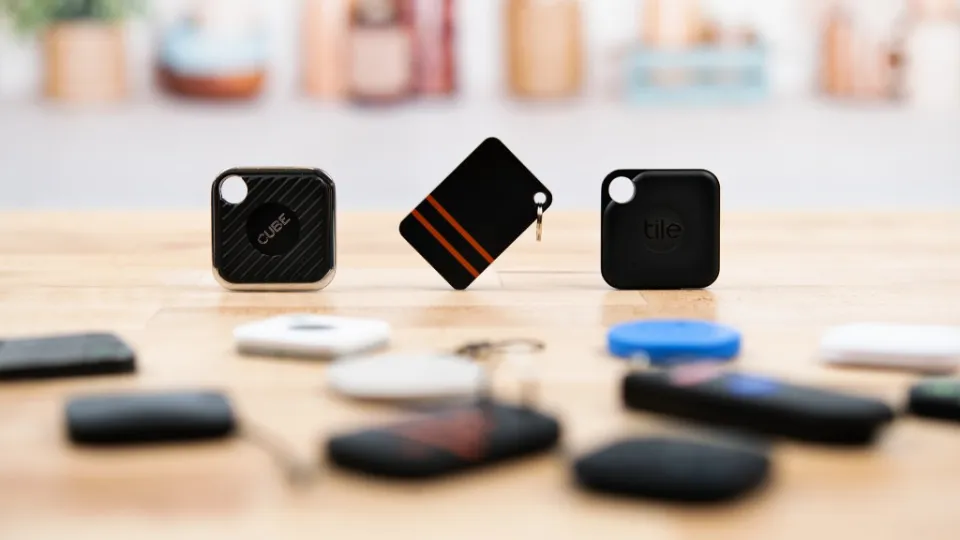Your hair may start to lose its natural shine and smoothness if it has been harmed by bleaches, dyes, or chemicals used in perming. It could feel overly fragile and brittle, which could cause breakage and a loss of volume.
Choose a shampoo that has been formulated specifically with your hair type in mind to repair chemically damaged hair and prevent dry, brittle hair.
You can use the 11 straightforward methods we’ve provided below to repair chemically harmed hair and enhance its strength, elasticity, and smoothness.
Signs of Severely Chemically Damaged Hair
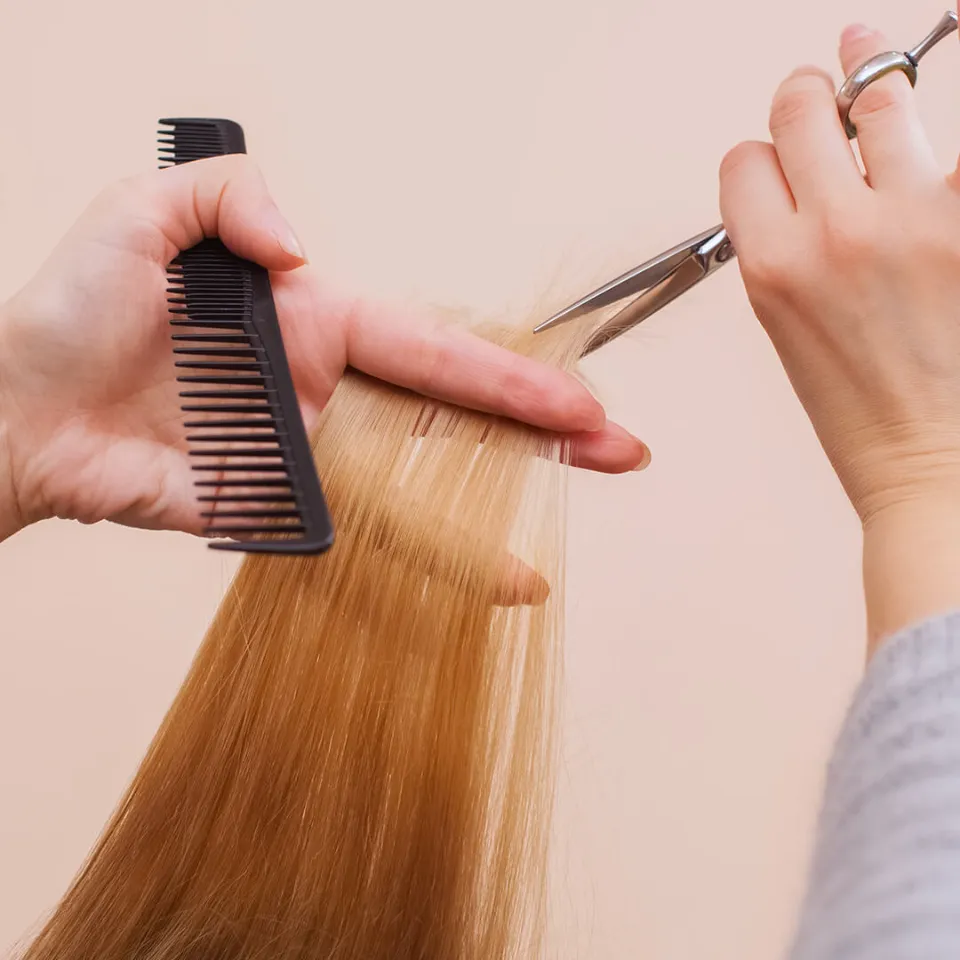
Trying to determine if your hair has been severely harmed by chemicals? Here are the signs to watch out for:
Your Hair Breaks Easily
Your hair will easily fall out at these weak points because when your hair strands are damaged, they often fracture.
Additionally, overprocessed hair snaps easily because it lacks protein, which makes it less elastic when wet.
One of the most prevalent and challenging signs of hair that has been severely chemically damaged is hair breakage.
There Are Visible Split Ends
A hair strand usually has two or three layers.
The middle layer is the cortex, and the outer layer is the cuticle. The inner layer, called the medulla, is frequently visible in thick hair.
Split ends occur when the cuticle becomes damaged because it has a tendency to separate from the cortex.
The bond between the cortex and cuticle weakens significantly as a result of the severe damage, making split ends visible.
The hair strand will typically fray at the ends, but the split can occur anywhere along the hair shaft.
Your Hair is Dry and Dull
An obvious sign that the cuticle is damaged is when your hair feels dry and brittle.
The cuticle is made up of overlapping scales that, when closed, trap moisture.
Chemical treatments can also remove the cuticle’s natural oils and moisture, leaving the hair feeling and looking dehydrated in addition to losing its shine.
Your Hair Tangles Easily
Hair that doesn’t have enough moisture retained will tangle easily.
Chemically damaged hair has the drawback of being challenging to detangle even after conditioning.
Once more, the cause of this is raised, damaged cuticles.
Hair strands become more knotted as a result of damaged cuticles’ easy ability to attach to one another. Lack of moisture makes this situation worse.
Your Hair is Frizzy
Although some hair types are naturally prone to frizz, excessive chemical treatments can also make hair flyaway.
One of the typical indications that your cuticles are open and exposing the inner layers is frizzy hair.
Thus, moisture from the environment will be readily absorbed by your hair.
Individual hair strands will stand up independently or run in multiple directions as the hair strands swell and become out of place.
You’ve Noticed Some Hair Loss
One of the most distressing signs of severe chemical injury is hair loss.
Because some styling methods pull on hair roots and harm hair follicles, chemical treatments also have an impact on the health of the scalp.
This can lead to permanently thin hair.
Types of Hair Damage
Hair damage can show up as the following hair woes in order of least to most severe:
- Dry hair: If hair strands feel or appear parched, the cuticle, which seals in moisture, may be damaged.
- Split ends: As the cuticle is further damaged or completely lost, the hair strand can start to fray, or split in pieces, at the ends or in other areas.
- Breakage: This happens when a strand’s layers deteriorate to the point where weak spots along the hair shaft where the strand fractures develop.
- Hair loss: Severe damage that pulls on hair roots, from causes such as styling, can produce permanent follicle loss.
If you’re suffering from any of the hair headaches above, healthy hair might seem like a million miles away, but don’t fret! It’s possible to salvage even the most chemically damaged hair with the right products and tricks. Read on for our advice!
11 Tips to Repair Chemically Damaged Hair
Choose a Shampoo That Matches Your Hair Type
Shampoo helps wash away dirt, sweat, dead skin cells and sebum — a type of natural oil that can build up on your scalp over time.
In order to keep your hair clean, it’s crucial to shampoo it frequently. Choosing a shampoo made for your hair type and its particular needs is the key to effectively cleaning your hair.
You can damage your hair cuticle and end up with excessively frizzy, dry hair by selecting a shampoo that isn’t a good match for your hair type or by overusing a shampoo.
Choose a shampoo that has been formulated specifically with your hair type in mind to repair chemical damage and prevent dry, brittle hair. For instance, if you have coarse, damaged hair, try washing with a two-in-one shampoo that’s made to moisturize and repair damage.
Alternatively, if you bleach and color your hair, pick a shampoo designed to preserve your color and keep your hair healthy.
Do you need assistance choosing the best shampoo? Our shampoo is designed to moisturize and strengthen your hair while reducing excessive hair shedding and assisting you in maintaining thick, healthy hair in any setting.
Condition Every Time You Wash Your Hair
Conditioning your hair after each wash is among the most crucial steps you can take to repair chemical damage and prevent brittle hair.
Conditioner works by lowering static electricity and smoothing out the hair cuticles, which are found on top of each of your hair shafts. This gives your hair more luster and volume while smoothing out the cuticles and adding additional moisture.
Regular conditioning can help your hair become stronger and undo some of the negative effects of chemical treatments. Additionally, it’s an excellent way to provide your hair with additional UV protection.
Applying conditioner right after rinsing off any remaining shampoo will ensure the best results. Make an effort to focus the conditioner on the ends of your hair. By doing this, you can add more moisture to your hair’s outer layers without making the rest of it look lifeless and limp.
If you have very dry or frizzy hair, consider using a deep conditioner. Before chemical treatments like straightening or coloring, your hair salon might provide this kind of conditioning service.
Unsure of the conditioner to use? Our conditioner is designed to strengthen and repair your hair while also adding much-needed moisture to maintain your hair’s health, beauty, and shine.
Wait Between Touch-Ups
By spacing out hair treatments over a longer period of time, you can easily lessen the severity of chemical hair damage.
Try to wait eight to ten weeks before changing the color of your hair, especially during the winter. This gives your hair time to repair itself and lowers the possibility that dry air will make any damage already done to your hair worse.
If you use multiple styling techniques to improve your hair’s appearance — for example, a perm and coloring — consider having them performed separately instead of in a single session. The harm caused by chemical treatments can be reduced with even a two-week break in between visits.
Limit Your Hair’s Exposure to Heat
If your hair is already weak due to chemical exposure, heat styling can seriously damage the shaft of your hair and even cause breakage.
Avoid using any styling tools that subject your hair to heat in order to aid in your hair’s ability to recover from bleach or dye damage. Hot combs, hair straighteners, curling irons, and even your blow dryer are examples of these.
When you do use these hot tools, use the lowest heat settings and use them as infrequently as you can, like once a week. This may help to reduce damage and prevent your styling tools from getting in the way of your hair’s natural recovery process.
Avoid Brushing Your Hair Excessively
Contrary to popular belief, brushing your hair 100 times a day doesn’t stimulate growth or have any positive effects on your hair’s strength and thickness.
In fact, brushing your hair too much or when it’s weighed down by moisture or styling products is much more likely to exacerbate chemical hair damage than it is to make it stronger and healthier.
Only brush your hair when it is absolutely necessary to do so to remove knots and tangles in order to aid in the recovery of damaged hair. Use a wide-toothed comb to brush your hair instead of pulling or tugging on the individual hair strands.
The main rule is to never brush wet or damp hair. Let wet hair air dry naturally (or quickly dry with a towel), then gently brush your hair until it is straight and tangle-free enough to style.
If you have hair with tight curls or texture, this rule does not apply to you. Here, brushing your hair when it’s completely dry is preferable to carefully brushing damp hair.
Eat a Healthy, Hair-Friendly Diet
Your body’s follicles that produce hair require a steady stream of nutrients to develop strong, healthy hair, just like the rest of your body.
While there isn’t a single food that can instantly repair chemically damaged hair, a healthy, balanced diet rich in fresh fruits, vegetables, lean protein sources, and essential minerals may help to promote hair growth and keep your hair in good condition.
Try to keep up a balanced diet. While it’s acceptable to treat yourself every once in a while, it’s best to include nutrient-rich foods in the majority of your meals and limit the amount of junk food you consume frequently.
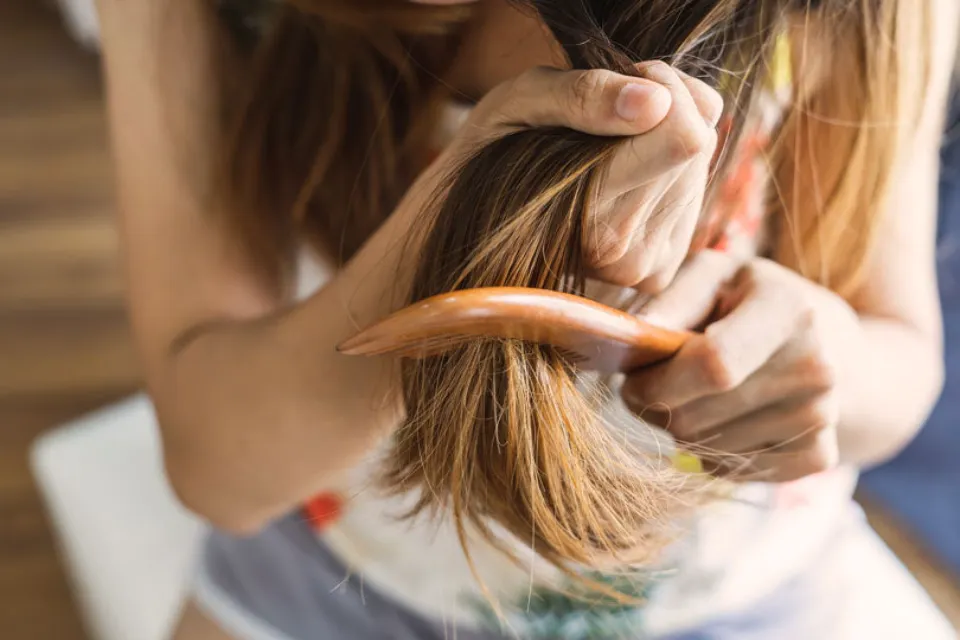
Try Applying a Hair Mask
Many chemical treatments can damage the outer layer of your hair shaft, leaving you with brittle hair and a dry scalp.
In addition to conditioning regularly, you can help to relieve dry hair and avoid unwanted frizz by applying a hair mask. In just five minutes, our Rapid Repair Hair Mask will deeply condition your hair and increase hydration.
Avoid Tightly Pulled Back Hairstyles
Tightly pulling your hair back can put pressure on the hair follicles and cause traction alopecia, also known as ponytail hair loss.
Traction alopecia usually first develops as flesh or white-colored bumps around your hairline. As a result of mechanical damage to the hair follicles in the pressure-exposed areas of your scalp, permanent hair loss may eventually result.
If you’re a woman of color or choose a tight hairstyle like braids, cornrows, heavy locks, or a tight ponytail, you may be more susceptible to this type of hair damage. Hair products that clip into your hair, like hair extensions, can also pull on the hair follicles and harm them.
If you have chemically damaged hair, try to avoid tightly pulled back hairstyles that pull on your hair follicles. In addition to the possibility of traction alopecia, the added tension may raise the possibility of hair breakage.
Instead, make every effort to wear your hair down. A loose ponytail is preferable to a tight, potentially damaging style if you must tie your hair up.
Protect Your Hair from the Sun
Exposure to bright, strong sunlight doesn’t just damage your skin — it can also worsen chemical damage to your hair.
The structural proteins that give your hair its tensile strength and thickness can be damaged by UV radiation from sunlight when it is exposed to your hair. In the end, the hair loses its usual density and shine and becomes dry, brittle, and frizzy.
If you’ve bleached your hair, which removes the pigments that naturally shield your hair from UV radiation, the damage could be particularly severe.
It’s critical to protect your hair whenever you are outside on a sunny day so that it can recover from chemical damage.
You can shield your hair from sunlight by wearing a wide-brimmed hat. Try to cover as much of your hair as possible, and avoid spending too much time outdoors during peak sunlight periods such as between 10am and 2pm.
Applying a leave-in conditioner, which can add extra moisture throughout the day, is another effective way to protect your hair.
If You Swim, Wash Your Hair Afterwards
Swimming is a great way to relax and take advantage of the warm summer days while also getting in a great workout. However, the chemicals in many pools can damage your hair and even exacerbate some types of chemical damage.
More specifically, the chlorine added to pools to keep bacteria at bay can destroy the natural fats that keep your hair moisturized and protected, leaving it dry, lifeless, and brittle. This might exacerbate any chemically induced hair loss.
Applying oil or a leave-in conditioner to your hair before entering the pool may help prevent chlorine damage. After swimming, rinse and wash your hair as soon as you can.
Any chlorine residue is removed by washing your hair. For best results, follow up with your favorite conditioner to provide some extra moisture and rebuild your hair’s protective barrier.
No matter what color your hair is, you should always wash it after swimming to remove any chlorine stains. If you have blonde hair, you should take extra care to do this. This is due to the fact that the copper and chlorine mixture found in many swimming pools can cause your hair to appear slightly green.
Try carrying two tiny bottles each of shampoo and conditioner with you whenever you visit the pool to make washing away dangerous chemicals easier.
Be Patient When It Comes to Results
The health, strength, and appearance of your hair can be greatly improved with the use of the right products and hair care practices. However, restoring your hair health takes time, meaning it’s important not to expect results overnight.
Instead of focusing on immediate improvements, try to make the habits above a regular part of your hair care routine.
You’ll probably notice that your hair starts to look better, feel smoother, and retain more strength over time. Recall that restoring thick, healthy hair requires time, and that chemical damage cannot be repaired in a single day.
Can Chemical Damage Cause Hair Loss?
Chemical damage can cause your hair to feel and look terrible, but it can also lead to some types of hair loss.
Androgenetic alopecia, also known as female pattern hair loss, is the primary cause of permanent hair loss in women. This type of hair loss occurs as a result of genetic factors and your levels of androgen hormones, such as dihydrotestosterone (DHT).
The chemicals used in hair dye and styling products don’t affect your DHT levels or cause this type of hair loss. The long-term effects of some chemicals used in hair coloring, perming, and other forms of styling, however, may result in hair shedding.
Consider using a treatment like minoxidil, which is designed to activate hair follicles and stimulate hair growth, if you’re starting to lose hair.
More information about how women’s hair loss can happen is provided in our guide to female pattern hair loss, along with suggestions for preserving healthy hair growth.
How to Prevent Hair Damage Caused by Chemical Treatments
- Remove Split Ends Regularly
Although you may not like the idea, trimming your hair actually keeps it from thinning and breaking.
The moment a split end forms, it needs to be stopped in its tracks.
- Protect Your Hair From Harsh Chemicals
Keep in mind that you should only use high-quality, chemically-free hair products.
- Protect Your Hair From Excessive Heat
Don’t overdo it with the chemical treatments.
The more time you give your hair between treatments, the more chance it has to recover and avoid permanent harm.
- Go To A Professional Hair Care Expert
Some chemical DIY remedies cause more harm than good. If you want to reduce the effects of chemical damage on your hair, it’s best to have a hair care professional handle it.
- Eat A Healthier Diet
The health of your hair is closely related to your diet. For instance, eating foods high in protein and healthy fats can promote hair growth, strength, and thickness.
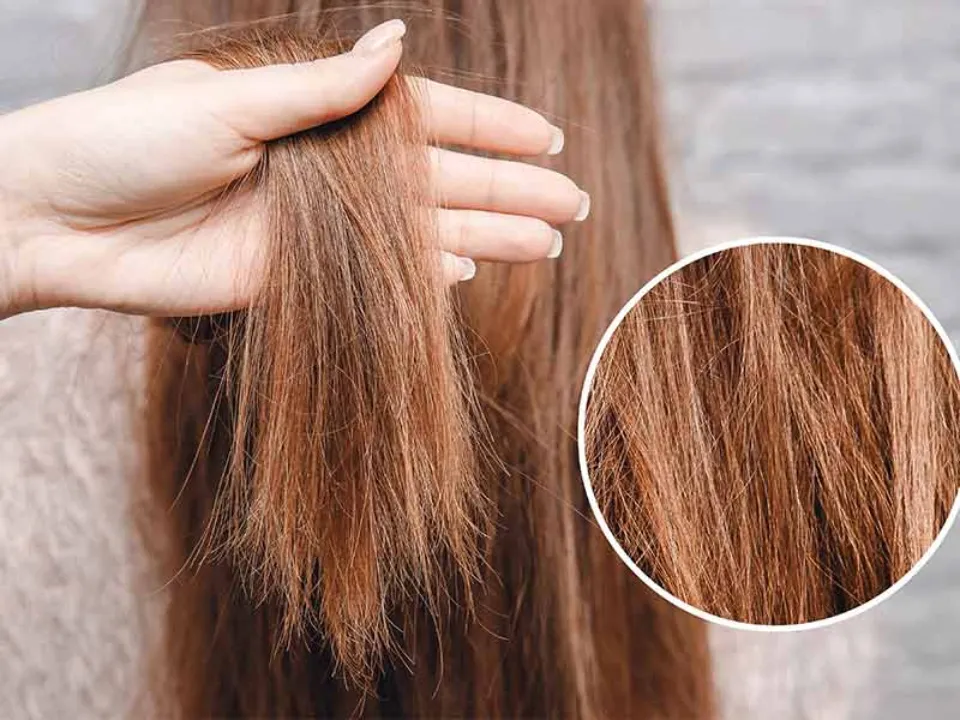
Conclusion
Unless you have a time machine, you can’t undo hair damage once it’s done. But you can change your habits and give your hair some extra love.
Make an appointment with your physician or dermatologist if, after a few weeks, you are still not seeing results. They can assess your symptoms and determine whether an underlying condition may be to blame.
FAQs
Can You Restore Chemically Damaged Hair?
Most of the time, you can repair severely chemically damaged hair with the incredibly popular Keratin Treatment. Natural keratin is injected into your cuticle during this smoothing procedure to lessen frizz and increase shine. Keratin also calms your texture making the maintenance of your hair a lot easier.
How Long Does Chemically Damaged Hair Take to Repair?
Although using hair and scalp nourishing products can expedite the process, it typically takes six to twelve months to notice a significant improvement in the condition of your hair.
What Does Chemical Hair Damage Look Like?
If your hair is frizzy, dull, or dry, or if you have split ends, breakages, or hair loss, there’s a good chance that chemical damage is to blame. Those of us with curly hair may notice that our curls have lost some of their definition and may even have turned straight.


